Tom and I have been moving into our first home in Tysoe, Cotswolds, so my first post for 2016 has been a little delayed 🙂 I thought I would kick off the new year with a look back at a great trip we took to Nimes in Southern France last Sept and provide some travel inspiration for the year ahead.
My Rough Guide describes France’s Languedoc –Roussillon region as one of the country’s ‘best kept secrets. While Provence and the Cote d’Azur just across the river Rhone have been living it up, its less pretentious neighbour has remained comfortably obscure.’
And that’s certainly the feeling we had when the Friend family rolled into Poulx off season in September – a village slightly north of Nimes, the region’s Roman capital. On our daily trips down to the boulangerie patisserie, we’d see the village’s retirees playing boules.
I’ll be perfectly honest our villa had quite an alarmingly eclectic aesthetic and with five bedrooms Tom and I were stationed on mezzanine floor. We all had the sort of beds that certainly ironed out any back troubles. Eventually, I got over the cloakroom’s cat shrine and the odd wooden puppet fascination which seemed to materialise in the villa’s various nooks and crannies.
However, ultimately, this place was picked for the panoramic view across the Gardon river gorge, extending as far as the Uzes. The infinity pool, considerably chilly in September, looked out across the garringues, a shrubby windswept bushland. It is as Brian Catlos describes in his opening gambit to my guide…
‘remote villages and little travelled byways afford a window onto a vanishing European rural culture.’
On the other hand, Nimes is now emerging from an eighteen hundred year slump, since its Roman heyday. Known as Nemausus, Augustus Caesar resettled many of his veterans from his Egyptian conquest over Cleopatra at this French colony. In honour of the Egyptian victory, the colony adopted the symbol of the crocodile chained to a palm tree.
Once the 50km canal, of which the Pont du Gard is part, was finished, Nemausus reached its zenith and by the time the Roman empire dissolved, Nimes passed from one conqueror to another.
Nimes old town hosts most of the town’s Roman monuments, including the world’s most well preserved roman temple, the compact ‘The Maison Carree’ or square house. It was once the centre of the city’s forum and it’s had a variety of functions over its lifetime including use as a stable! It served as inspiration for Thomas Jefferson who modelled the Virginia capitol building.
The city’s most famous monument is the Roman amphitheatre, Les Arenes. It cuts quite a dominant figure rising 21 metres above the rest of the old town and is 133 metres long. Unlike Rome’s Coliseum, Les Arenes still has all its upper archways and galleries and thanks to an enterprising socialist Mayor in the 1980s is still frequently used as an entertainment venue, probably most famously as a bull ring – a tradition that harks back to the areas Catalan connections.
We climbed up the Arenes’ three floors to see the vista just as the sun was beginning its downwards descent and last few remaining stragglers were exciting the building, giving the place quite a reverent feel.

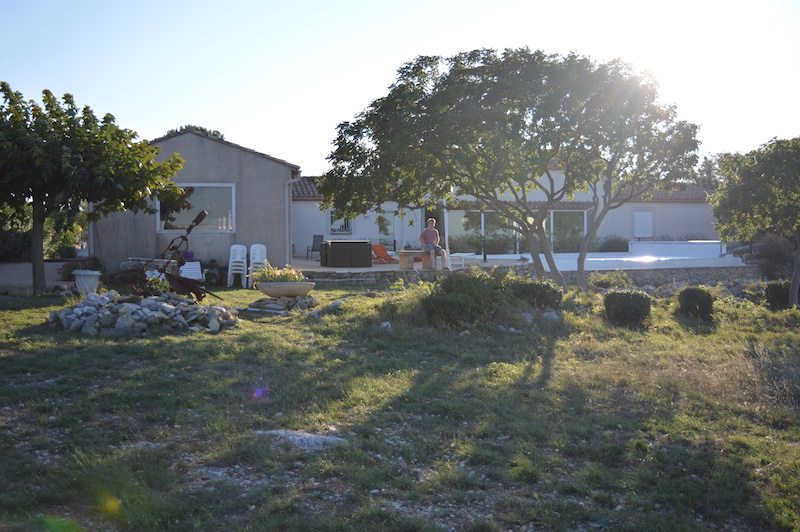
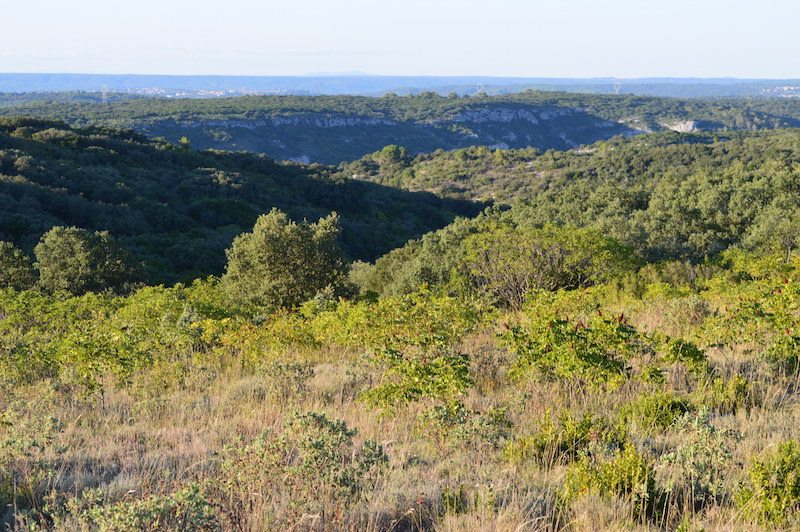
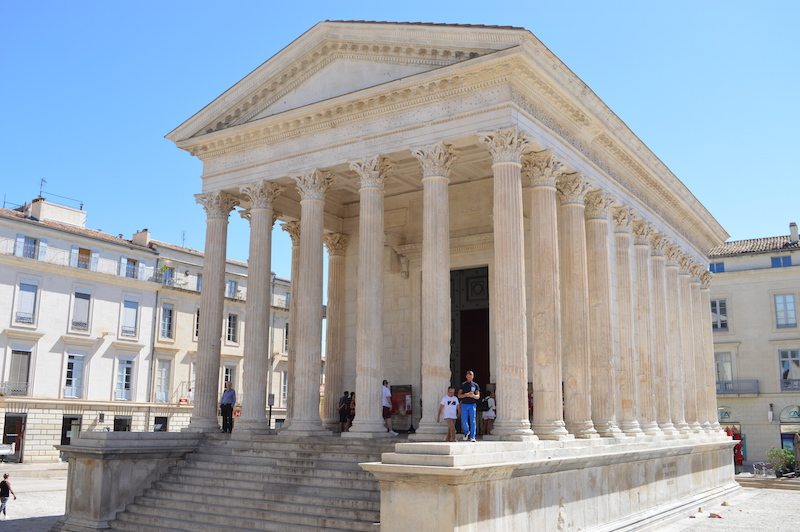
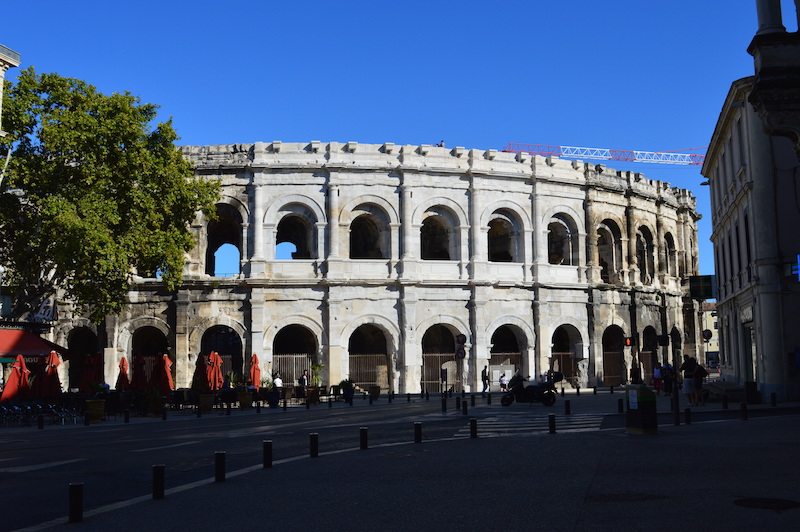

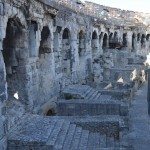






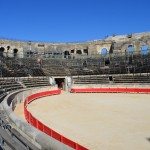



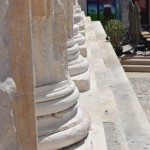
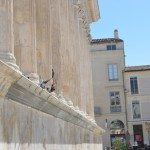

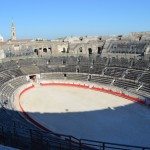


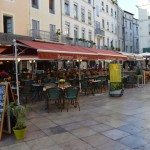



2 Comments